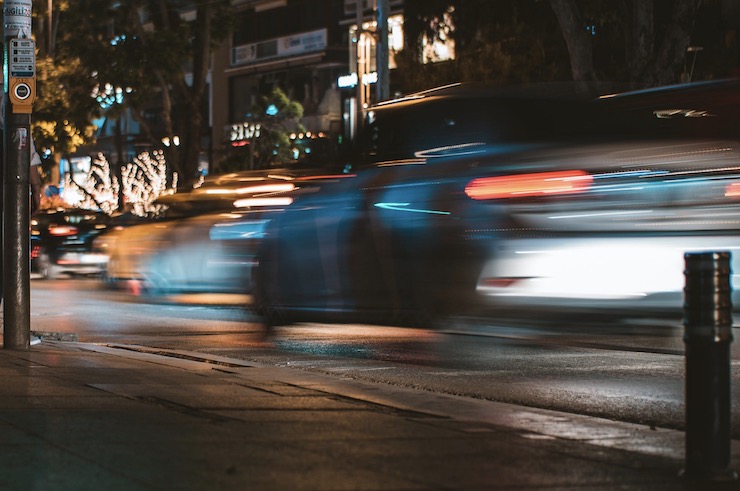
When UPS and Matternet partnered up in early 2019, their goal was to see medical supplies rapidly delivered by drones across the WakeMed campuses in Raleigh, NC. Being the second largest city in the state, traffic through Raleigh can become quite dense. Traditionally, blood and tissue samples, medications, and organs are transported via courier vans to get from one hospital location to another. With no traffic a van can travel from one hospital in the WakeMed campus to another in about 15 minutes, plenty of time to see that their time sensitive cargo is delivered. However, with traffic, these travel times can take anywhere from 30 minutes to an hour, placing the cargo at risk for degeneration. With the logistical delivery expertise of UPS and the drone expertise of Matternet, these packages have been zipping throughout the campuses, delivering life saving medical supplies in record time. Not only have these packages been delivered rapidly, but the model has greatly cut down expenses as far less gasoline is wasted by idling vans.
A team of researchers from Mississippi State University recently published a study on how drones can be used to transport medical supplies in an emergency situation. Led by Nepalese Industrial and Systems Engineering doctoral student Sushil Raj Poudel, the team was interested in how a drone could be used in an environment that reaches beyond the predetermined boundaries of a medical campus. They wanted to know how a drone could be used to save lives, time, and money in an urban roadway setting. They chose two study sites in Florida, one near Orlando and the other near Tampa.
The Florida Highway Safety and Motor Vehicles (FLHSMV) released that car accidents in Florida have gone down, but the numbers are still staggeringly high, with Florida ranking as the state with the 4th worst drivers in the country. In 2018, FLHSMV reported that Tampa alone had 29,037 car crashes resulting in 20,114 injuries and 179 fatalities. That same year there were also 628 motorcycle crashes with 29 fatalities. One of the largest issues that contribute to increased roadside fatality rates is the difficulty emergency responders have in getting to a victim with enough time to administer life saving measures.
Depending on traffic conditions, it can take an ambulance anywhere between 15 to 30 minutes to reach a victim in need. In emergency situations every second counts towards saving someone’s life. Being able to fly above traffic, a drone can potentially reach the scene of a roadside accident within minutes. These drones can carry emergency supplies like tourniquets, bandages, and blood bags. The drones can also have a two-way speaker on them that an emergency dispatcher can use to communicate with bystanders. These bystanders can then provide basic emergency care until paramedics arrive on the scene. The drones can also be used to supply an ambulance crew with extra fresh blood bags, something that is often short at hand in such situations.
Using both digital and practical arranged scenarios, Poudel and his colleagues observed different drones that could be used in emergencies. In the team’s paper on the study, they state, “The outcomes of this study have the potential to help concerned officials make decisions on the feasibility of using drones in transporting emergency medical products, assist policymakers on policy decisions, and contribute to saving the life of victims of traffic accidents.” While drones are used in a number of emergency situations by police officers, firefighters, and first responders, they have yet to be implemented in such a manner. The research that Poudel conducted could very well be what makes roadside emergency drone assistance available in the near future.
|